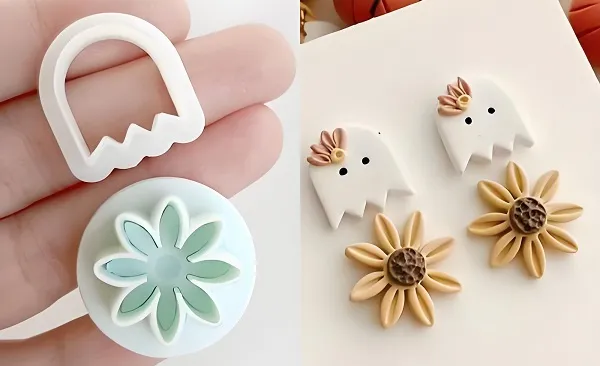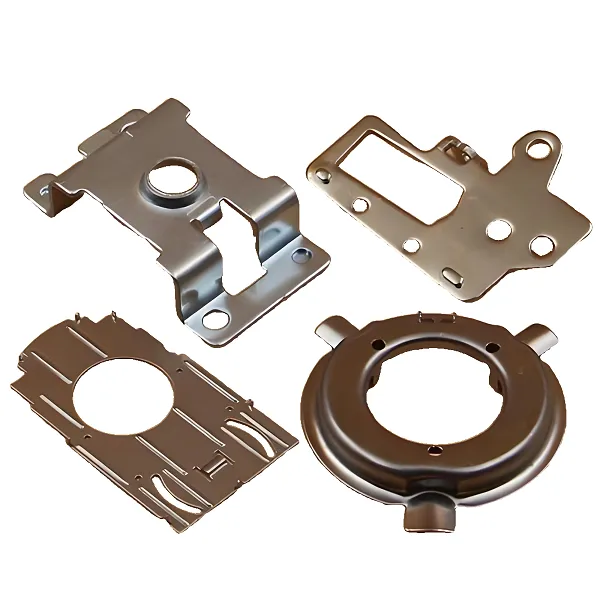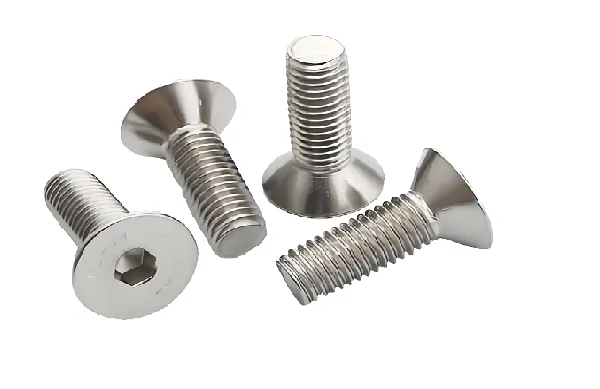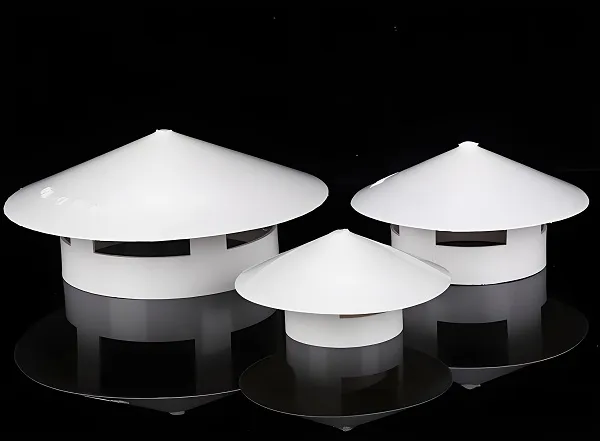CNC machine tools as the cornerstone of modern manufacturing industry, its high precision, high efficiency processing capability is inseparable from its precise and complex components. This article will analyze the seven major components of CNC machine tools, combined with the current technology trends in the field of CNC machining, presenting readers with a comprehensive picture of the technology.
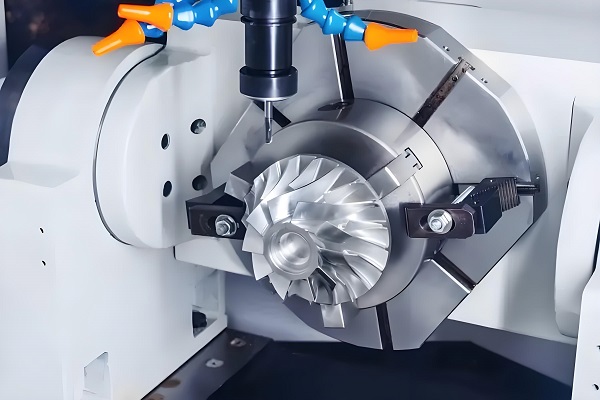
1.Seven core components of CNC machine tools
1.1 Machine tool body
The main body of the machine tool is the basic framework of the CNC machine tool, carrying the entire machining process. It is usually composed of bed, column, slide, table and other key components. Bed as the basic support of the machine tool, requires high strength, high rigidity and good seismic properties to ensure stability and accuracy in the machining process. The column is used to install the spindle box and drive device, and its structural design and material selection directly affect the rigidity and machining accuracy of the machine tool.
1.2 Spindle system
Spindle system is one of the core components of CNC machine tool, responsible for driving the tool for rotary cutting. Spindle motor, spindle box, bearings and transmission devices together constitute the spindle system. The performance of the spindle motor directly determines the speed range and machining efficiency of the machine tool, while the bearings and transmission devices are related to the rigidity and precision of the spindle. In recent years, with the development of high-speed cutting technology, the spindle system is developing in the direction of high speed, high precision and high rigidity.
1.3 Feed system
The feed system is responsible for controlling the linear or curvilinear motion of each coordinate axis (X, Y, Z axis) of the machine tool to realize the accurate machining of the workpiece. The feed system usually consists of servo motors, ball screws, linear guides and other components. The servo motor drives the ball screw or linear guide to move the table by receiving the instruction from the numerical control system. The precision and stability of the feeding system directly affects the machining accuracy and surface quality of the machine tool.
1.4 CNC system
CNC system is the “brain” of the CNC machine tool, responsible for receiving, processing and executing processing instructions. It is usually composed of computer hardware, software, PLC (programmable logic controller) and other parts. CNC system by reading the machining program stored in the media, which will be converted to the machine tool for the execution of the action of each part of the instruction, so as to control the machine tool machining process. With the development of computer technology and software technology, the CNC system is moving towards the direction of intelligence, networking and integration.
1.5 Tooling system
Tooling system is a direct tool for CNC machine tool cutting, and its performance directly affects the machining efficiency, machining accuracy and tool life. The tooling system is usually composed of tools, shanks, clamping devices and other parts. The selection and replacement of tools need to be determined according to the material, shape and machining requirements of the workpiece. In recent years, with the emergence of new tool materials and the continuous progress of tool technology, the tooling system is moving towards the direction of high hardness, high wear resistance and high efficiency.
1.6 Cooling system
The cooling system plays a vital role in the machining process of CNC machine tools. It reduces the cutting temperature, tool wear and workpiece thermal deformation by spraying coolant to the cutting area. The cooling system is usually composed of coolant tank, pump, nozzle and other parts. Reasonable cooling methods and coolant selection can significantly improve machining efficiency and machining quality.
1.7 Protection and chip removal system
Protection and chip removal system is mainly used to protect the machine tool from cutting chips, coolant and other pollutants erosion, and timely removal of cutting chips generated in the machining process. Protection devices usually include guards, protective doors and other components; chip removal devices include chip conveyor, chip conveyor and other components. The design and layout of these parts need to take into account the overall structure of the machine tool, the processing mode and the characteristics of cutting chips.
CNC machine tool FAQ
1. What is a CNC machine tool?
Answer: CNC machine tool is short for Numerical Control Machine Tools, an automated machine tool equipped with a programmed control system. The control system is capable of logically processing the program specified by the control code or other symbolic instructions, decoding it, expressing it in coded numbers, and inputting it into the numerical control device through the information carrier. After calculation and processing, the CNC device sends out various control signals to control the action of the machine tool, and the parts are processed automatically according to the shapes and sizes required by the drawings.
2. What is the meaning of CNC?
Answer: CNC is the abbreviation of Computerized Numerical Control (computer numerical control), which is the core technology of modern CNC machine tools. It uses computers for numerical calculation and control, and realizes the automatic control of machine tools through software programming.
3. CNC machine tools are mainly composed of what parts?
Answer: CNC machine tools are mainly composed of seven core components, including the main body of the machine tool, spindle system, feed system, CNC system, tool system, cooling system, protection and chip removal system. Each component assumes a specific function, work together to complete the processing task.
4. What are the advantages of CNC machine tools over traditional machine tools?
Answer: CNC machine tools have the advantages of high machining precision, stable machining quality, high productivity, high degree of automation, adaptability and so on. It is able to process parts of complex shapes, reduce manual intervention, and improve productivity and processing quality.

